Painting hair: 7 top tips
Painting any subject requires a certain knowledge of various painting techniques. But sometimes, it's the little details that can cause the biggest issues. When painting a portrait, most artists don’t give a second thought about the hair of their model or sitter. However, an altered hairstyle or hair colour can dramatically change our perception of a person’s face. Sadly, most of us have noticed this fact only after receiving a bad haircut!
I have painted many head studies over the years and have completed quite a few portrait commissions. Throughout the years I have learned some key concepts to consider when painting hair. Keep these tips in mind and you will not be stumped when you are staring at a head full of curls!
Want to take your art to the next level? It all starts with the fundamentals. You can learn more by taking my class “Essentials of Realism” at schoolism.com.
01. Do not paint individual strands

This error, by far, is the most common one that I see new artists committing. Painting individual strands of hair will make the hair look flat. It is also much more difficult to control the values and edges when drawing or painting each hair as a “line”.
02. Focus on the masses of value

To effectively paint hair you must establish the values first and foremost. Where is the highlight? Where are the shadows located? Imagine the hair as a series of light and dark shapes and you will be on your way to a realistic result.
03. Separate the light from the shadow
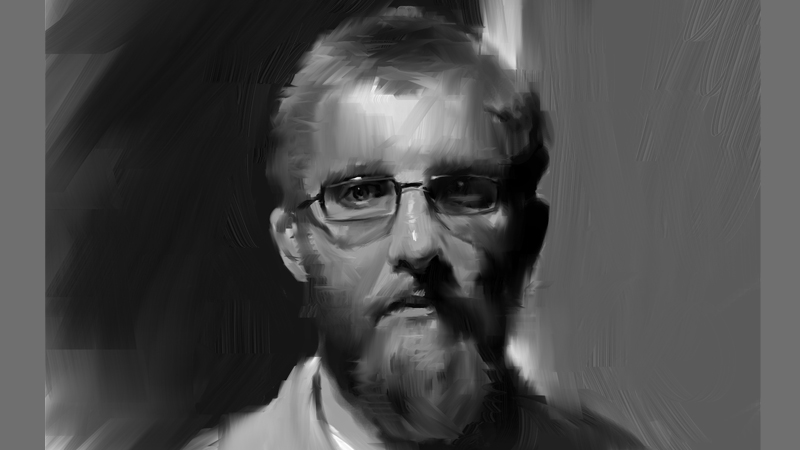
It’s extremely important to maintain the relationship of the lights and darks on hair throughout the entire process. There are a lot of soft edges in hair and that can be problematic. Make sure you clearly define the light from the shadow and keep them separate!
04. Establish “textural” highlights
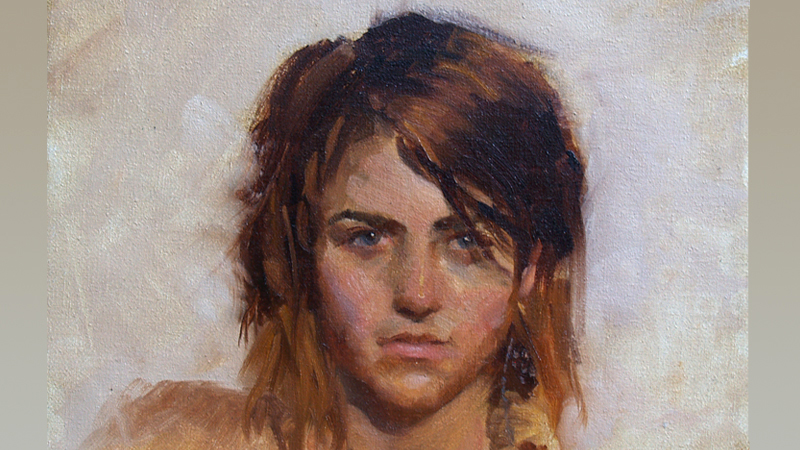
The highlight area, on a head of hair, is never a solid or completely opaque shape of value. Hair is made up of strands that overlap in strange ways, even in the highlights. So make sure you break up highlight areas with textural strokes to make them appear true to life.
Daily design news, reviews, how-tos and more, as picked by the editors.
05. Power in the contour
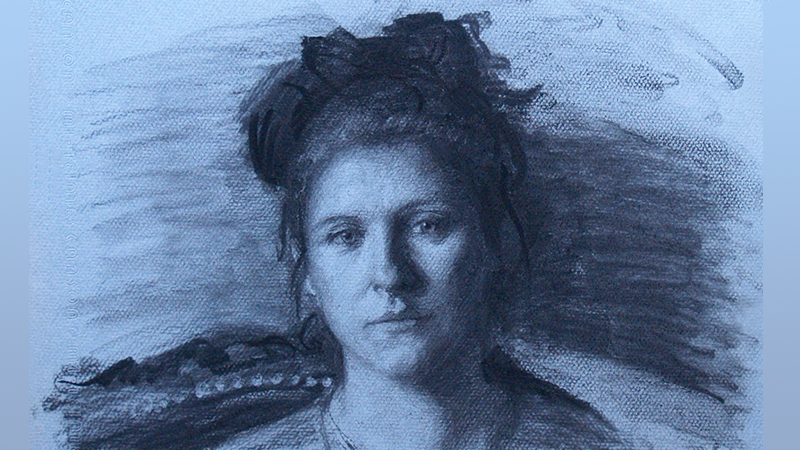
Often you have to do very little to get the “feeling” of hair. Even a single value with “textural” edges on the contour of the hair will capture the effect properly. A solid and hard edge around the perimeter of hair will instantly flatten it and detract from the realism.
06. Stroke direction matters
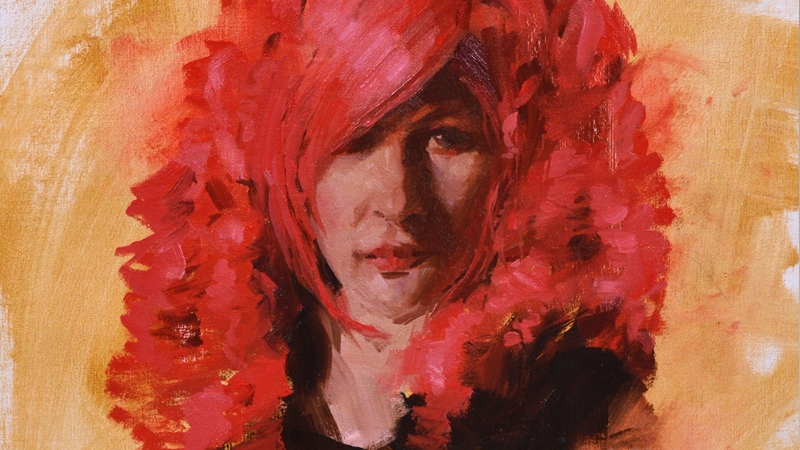
Stroke direction plays a huge role in the perception of hair when drawn or painted. If you see a flowing lock of hair, paint it in the same manner with your stroke. Curly hair can be captured with frenetic and squiggly lines!
07. Hair is never just one colour
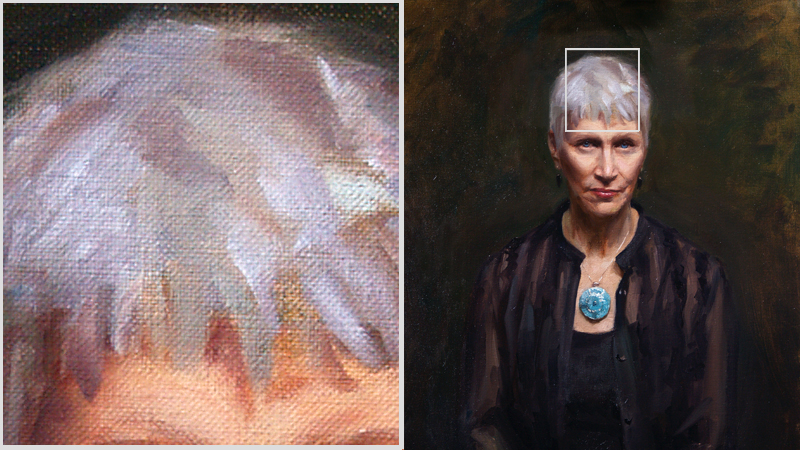
Hair is never just one colour. Often it appears drastically different in the lights and in the shadows. Even hair that has been dyed one colour will have a tremendous amount of variation.
